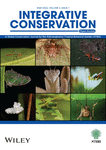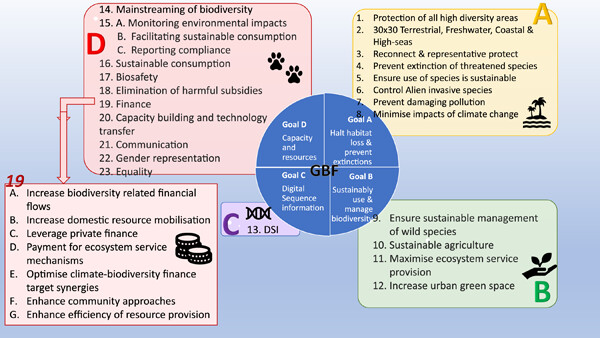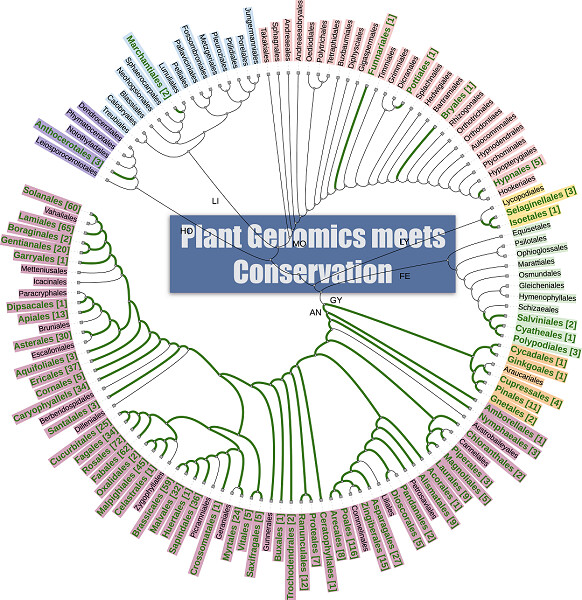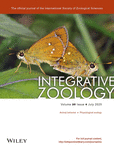Journal list menu
Export Citations
Download PDFs
ISSUE INFORMATION
PRACTICE AND POLICY
The Post-2020 Global Biodiversity Framework: How did we get here, and where do we go next?
2020年后全球生物多样性框架:历史与展望
- Pages: 1-9
- First Published: 14 February 2023
REVIEW ARTICLES
Integrating genomics and conservation to safeguard plant diversity
整合基因组学与保护生物学研究,保护植物多样性
- Pages: 10-18
- First Published: 21 February 2023
Serious games for environmental education
严肃游戏在环境教育中的应用
- Pages: 19-42
- First Published: 31 March 2023
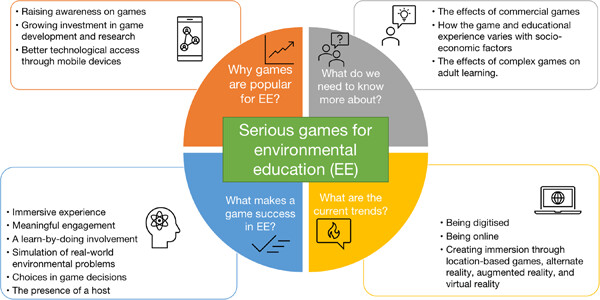
A review of 56 research studies on games used for environmental education revealed that the popularity of games is due to raising awareness, growing investment and better technological access. Successful games are ones that are immersive, have meaningful engagement, involve learning-by-doing, simulate the real world, give choices in decisions and have a host. Increasingly being digitised, online games provide a real-world reality online and enable learners to interact with the natural environment, in turn strengthening their environmental appreciation.
RESEARCH ARTICLE
Modelling past and future land-use changes from mining, agriculture, industry and biodiversity in a rapidly developing Southeast Asian region
采矿、农业、工业和生物多样性保护影响下东南亚快速发展区域过去和未来土地利用变化模拟
- Pages: 43-61
- First Published: 23 March 2023
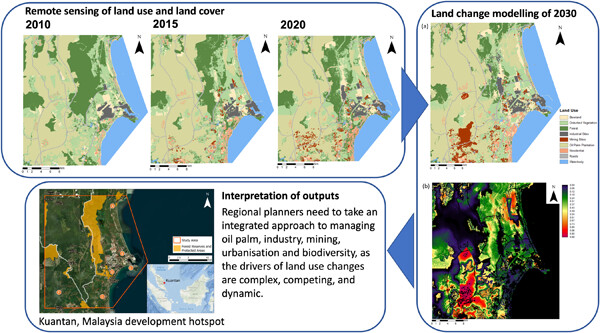
We apply an integrative perspective to modelling current and future land-use change in Kuantan, Malaysia, a location with highly biodiverse forests, and also a hotspot of land-use change. The region is representative of the types of development challenges faced by countries in Southeast Asia, which are also biodiversity hotspots. Our modelling can assist government bodies, stakeholders and policymakers by providing information for evidenced-based future planning and sustainable development decisions.
SHORT COMMUNICATION
Sleeping accommodations for researchers increase the likelihood of biodiversity inventories in protected areas
在保护区内为科研人员提供住所,可增加创建生物多样性名录的可能性
- Pages: 62-68
- First Published: 23 March 2023
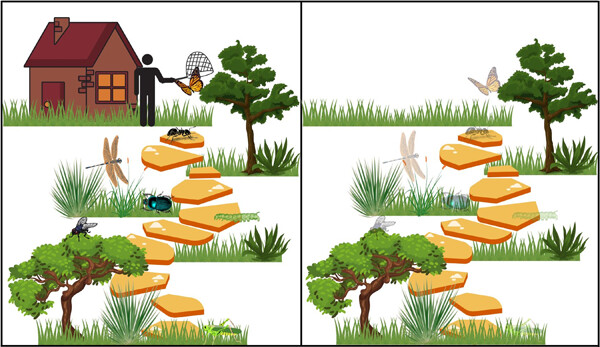
Biodiversity assessments are needed to better understand biodiversity distribution and threats in parks. Our results showed that arthropod inventories are more likely if park accommodations are available for researchers. Small investments in providing accommodations may increase biodiversity assessments in parks.




